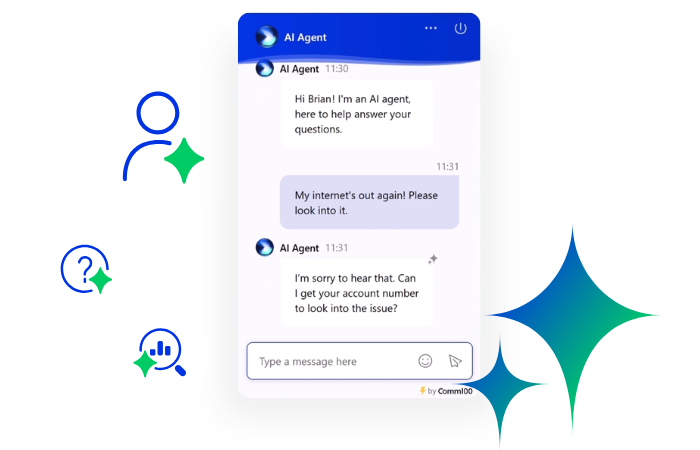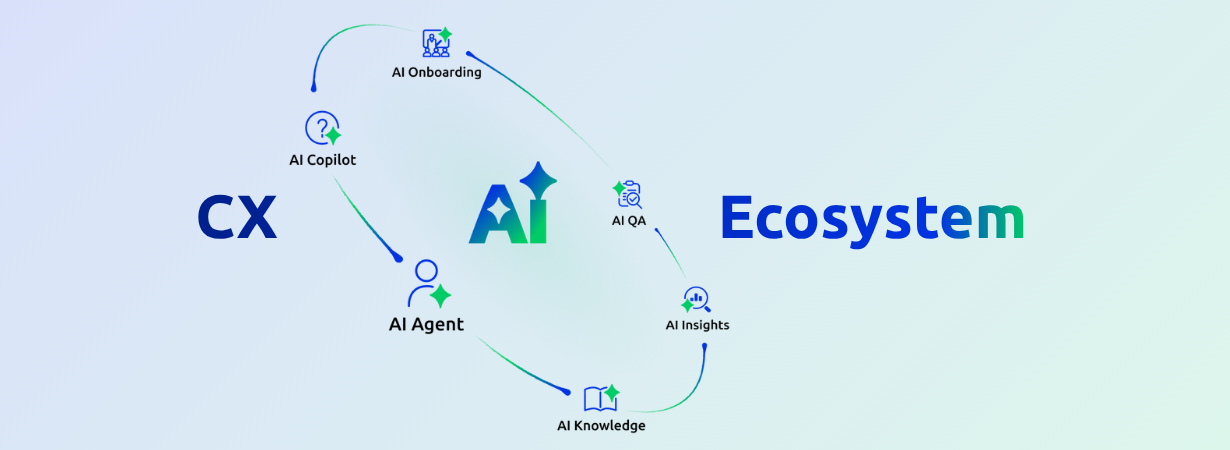With the World Cup in full swing, now is probably the perfect time to talk about one of the essential elements of any team – the Coach. Coaches are focused on improving performance during the moment, and the skills required for an excellent coach are very distinct.
Many companies have now started to realize that excellent customer service is essential to the success of the business. The question though, is how you go about training your teams to achieve those goals. As Zita Richardson, a partner in a Liverpool-based soft skills consultancy, points out, many organizations today are spending money on skills training without considering that excellent communication skills as well as manners matter. Many managers focus primarily on solving the problem, but they do not necessarily resolve the underlying issue. This is where a coach comes into play.
At its purest, coaching is helping an individual to improve their performance through a belief that the solution lies within the individual. It is up to the coach to mentor, guide and lead the individual to the right path so that they understand how to achieve these goals on their own. Coaching is distinct from the annual performance appraisal cycle as feedback should be more frequent and continuous.
Coaching Skills
Having an overview of what coaching is all about is only the start. It is essential to understand and be aware of the skills that are required to make a good coach. The core skill of any coach is that they are interested in helping. Their focus should be on the individual or a group of individuals and the benefit that they can get from improving. Ideally, they should see themselves as lubricants to aid the process of learning.
There are two major categories of coaches. The first one is an external coach who usually is not part of the organization. The other one is an internal coach. This is often a line manager or someone else within the organization that acts as a coach for the team.
External Coach
External coaches have no close relationship with those they are coaching. They have no preconceived ideas about an individual’s abilities or performance, and are often not aware of individual performance in work context – which can be useful for unbiased and fresh insight.
Internal Coach
Internal coaches can be line managers or someone else in authority within the organization. They often have a pre-existing relationship with the individual, and in some cases might be providing “targeted” coaching based on monitoring and job performance. For an internal coach to be capable, they must focus on some issues that an external coach may not encounter.
These include:
- It’s important for an internal coach to abandon any preconceived ideas about the strengths or weaknesses of an individual. They should focus on the coaching process and what the individual can take from that.
- It’s important for an internal coach to realize that the individual being coached is not an expert. They do not have the same skills as the coach, and their solution might still be correct even if the method used to reach it is different.
- It’s essential for the internal coach not to just focus on the solution, but instead, they need to allow the individual being coached to explore the problem in their own way.
Regardless of whether a coach is coming from an internal or external relationship, there are some common coaching attributes and skills that can be explored and discussed for good coaches.
- A coach needs to have high emotional intelligence and should be empathetic. They cannot get frustrated easily, and they need to understand and interact well with individuals building a good rapport.
- Coaches need to have exceptional communication and listening skills. They need to be able to gather information quickly and efficiently and have the skills to apply it practically.
- Good coaches have good questioning skills. Coaches should never provide opinions, but rather they should guide the person being coached through a problem.
Ways to Build a Coaching Culture
A coaching culture is a goal if you are interested in continuous and ongoing improvement. It is the best way of working with and supporting your employees, so that they not only are better able to resolve open issues but are also able to acquire new skills. An organization that embraces regular training feedback as well as opportunities for growth builds an engaged and more energized workforce. There are several ways in which leaders can create a coaching culture in an organization:
1. Lead by Example
“Walk the walk” is probably the phrase that best describes this point. Leaders should either focus on the best interests not only of the company but also the individual, and engage a coach as soon as improvement opportunities are identified.
2. Talk to Your Staff
Your staff themselves are an excellent source of information when it comes to challenges and issues prevalent in your workplace. A good coaching culture encourages employees to learn from their own experience by exploring the right questions. Use employee surveys to get access to the data so that issues can be addressed in a timely and relevant manner.
3. Embrace Training
Training cannot be a one-off exercise. Coaches need to be engaged throughout the organization, and where applicable, external coaches should be involved to ensure that all gaps are filled.
4. Develop a Routine
As previously mentioned, coaching should not only be done during the annual performance review cycle. Coaching cannot be a part-time activity. It’s important to start at the top and for coaching to be a regularly scheduled activity across the entire business.
5. Give the Managers Accountability
Let your managers understand that they are accountable for their teams. They should have all of the resources, tools, and funding they need to succeed in ensuring that all employees are skilled at and masters of their roles. It’s important to reward managers that create successful teams using coaching as that will motivate the other teams.
6. Don’t Give Them All the Answers
Many a leader has been approached by their teams looking for direction. It’s important to let them express their own opinions first instead of telling them what they need to do. Explore the alternative options that are raised, often new and different solutions will come to light. It’s a good way of showing the employee that not only is their input valued, but it will also empower them.
Benefits of Coaching
Why is coaching essential? There are several benefits that you get when you embrace coaching in your organization.
1. The Focus is on the Individual
Coaching focuses primarily on the learner and what is needed for them to succeed. Coaching tends to assume that the individual has the skills required (through training) but requires knowledge on how to apply those skills to the problem being faced.
2. It Provides Ownership
Coaching lets the learner come up with their solutions and understand how these solutions are arrived at. It allows the individual to own the problem, also increasing accountability.
3. It is Cost Effective
Since coaching focuses on a specific individual and their requirements, it is normally quick and effective with minimal time wasted.
4. It is an Effective Management Style
Management today is very different from years gone by. Today management is more collaborative in focus with employees having significantly more say. Coaching fits into this style of management exceptionally well, and with an effective coaching culture in place, ongoing feedback is possible.
How to Coach
We’ve covered details on how to build a coaching culture in your organization and the benefits that will accrue from doing it, but we’ve not covered how to coach, so let’s get into that next.
1. Start with Trust
As previously discussed, coaching is collaborative, so it’s important to ensure that the employee realizes you’re there not to berate or judge, but rather to help improve their performance. Without trust, successful coaching is next to impossible.
2. The Meeting Focus
It’s essential to ensure that coaching goals are clearly defined during the opening stages of the meeting. If the coaching is to address a performance issue, this information should be shared with the employee.
Following the definition of the purpose of the meeting, it’s important to get to a space where you both want to work on an issue. Employees need to be bought in to the purpose of coaching, and to want to change. You cannot simply assume that stating the problem by itself is enough – define the correct action/behavior and demonstrate to the employee where their performance missed the mark. It’s vital to get verbal acknowledgment from the employee at this point that they understand the difference.
3. Look for Solutions
This is where you help the employee to come up with some specific, actionable, solutions that can address and resolve the gap. It’s important to not simply tell the employee what they should be doing; rather the onus should be on them to come up with ideas.
Depending on the suggestions offered, either come up with a plan to utilize them or discuss the benefits and drawbacks of the proposed solutions. Keep on looking for alternatives until you’re able to come up with a plan that will work. This plan then needs to be actioned, so you need to get the employee to give you a verbal commitment regarding the action and the steps required. Ensure that these are SMART goals and targets wherever possible so that you can measure appropriately.
4. Follow Up and Feedback
With any goal, it’s imperative to follow up to ensure that actions are being taken. This is where the previous point about SMART goals come into play as you should have a defined schedule to track progress.
Summary
Do you have coaches in your team? Or have you ever been coached? Good coaches provide continuous feedback, so monitoring is essential. Over time, you’ll come to realize that positive feedback strengthens performance and with coaching especially, the carrot is definitely a better motivator than the stick.
Download now: 50 Customer Service Training Activities for Live Chat and Telephone Teams
The activities in this eBook can be great training materials to improve customer service or morale in your team. Each activity focuses on a particular area of learning and comes with suggested debriefs. This helps your team link activities to learning and apply the learning to the workplace.
Download Now
eBook







